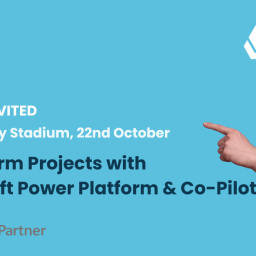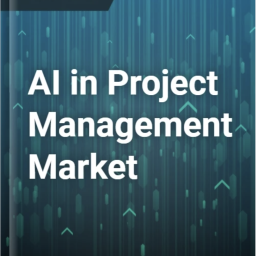
AI is totally transforming how we do most jobs – and project management is no exception. AI will never replace a good human project manager but project managers can benefit from conversational AI tools, streamlining communication, clarifying requirements and helping with decision-making.
However, in order to get the most from conversational AI, it’s important to use well-crafted prompts tailored to your project tasks and management needs.
We’ve rounded up some of the most successful AI prompts for project managers, along with some practical tips for achieving the best results.
Example prompts
- Create a summary of today’s project status update for stakeholders
- List potential risks for the current sprint, sorted by likelihood and impact
- Write a follow-up email asking team members for feedback on the revised project plan
- Generate a checklist of deliverables for our next project milestone
- Draft a project timeline based on the attached requirements document
- Analyse team productivity from last month and suggest some improvements
- Provide a brief for the project kick-off meeting agenda
- Summarise key actions and decisions from the latest steering group meeting
- Suggest ways to improve stakeholder engagement using digital channels
- Prepare talking points for a budget review with the finance team
How to get the best out of conversational AI
AI is great but it still needs human input to make it work properly.
Be specific
You have to do the legwork here. Clearly define what you need from the AI. Instead of “Help with project”, try “Draft an email updating stakeholders on last week’s risk mitigation actions Please include the notes below and action points decided”.
Provide context
Give relevant background information, such as project phase, deadline, or intended audience, to help the AI deliver the most accurate responses.
Set the format
Request your desired formats (such as bullet points, tables, summaries) to receive results that fit your workflow and document outputs.
Iterate and refine
If your initial response isn’t perfect, refine your prompts and ask follow-up questions to guide the AI toward your needs.
For example:
“Draft a concise summary of the project risks identified this week for our UK-based stakeholders. Please use British English, include risk ratings, and present recommendations in bullet points.”
Ask for comparisons and alternatives
Be sure to ask your AI friend to compare options or suggest alternative approaches tailored to the project’s context.
Review and adapt the results
Always proofread and customise AI-generated content to suit your organisation’s standards and current circumstances. Don’t just send out unchecked work without careful checking. AI can (and does) make mistakes.
Always remember that while AI is invaluable, it will only work for you if you put the effort in to guiding it.















